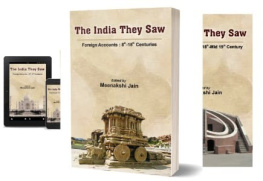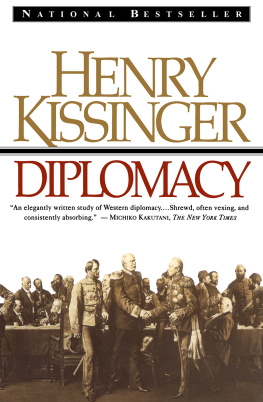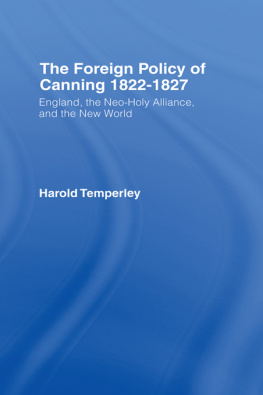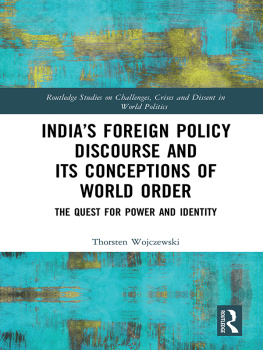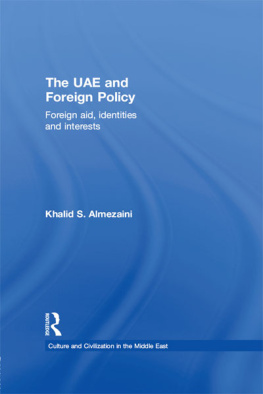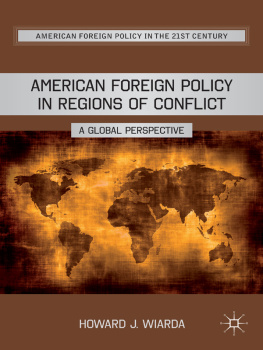
Edited By Sandhya Jain

PUBLISHERS NOTE
I n the year 2004, on returning from South East Asia, Nobel Prize recipient, Sir Vidia Naipaul requested us to arrange a meeting with a group of Delhi based thinkers to share the impressions of his visit. He was simply overwhelmed with what he saw in South East Asian countries like Indonesia, Thailand, Cambodia etc. We hurriedly, invited about twenty people to a get together with Sir Vidia. The meeting held on June 15, 2004 was attented by Sarva Shri Dinanath Mishra, Balbir Punj, Brij Kishore Sharma, Shankar Saran, Meenakshi Jain, Sandhya Jain, Ram Madhav, Devendra Swarup and some others. Sir Vidia described how he was astonished to see deep Indian cultural influence in the region not only in the past but even today. He felt sad that present day Indians appeared to have little recollection of the grandeur of their ancient civilization and its lasting contribution to the world civilization. He felt strongly that it would be a worth while endeavour to prepare a compendium of foreign perceptions of India down the ages.
During later discussions, it was decided that the project would cover the period from earliest times up to the mid-nineteenth century, the changed sensibility towards India thereafter consequent to the establishment of the British Colonial rule, being well known. The present volumes are the result of these deliberations.
We are thankful to Sandhya Jain and Meenakshi Jain for agreeing to take up the project despite their other professional commitments and completing it so meticulously. We are grateful to Prof. Devendra Swarup for having agreed to coordinate the project till its fruition. Sandhya Jain compiled and edited the material for the first volume, while Meenakshi Jain prepared the remaining three volumes. Both of them have recorded their experiences and impressions in detailed Introductions to their respective volumes separately.
We wish to place on record our heartfelt gratefulness to Sir Vidia for not only conceiving the project, but also for painstakingly going through volumes I and III and making many valuable suggestions which the editors have attempted to incorporate. We feel indebted to Prof. Lokesh Chandra and Dr. B.M. Pande for their valuable contribution in the preparation of the first volume. We are highly grateful to Prof. Devendra Swarup, without whose continuous active guidance and involvement, this ambitious project would not have seen the light of the day.
We are conscious that many other compilations of foreign accounts on India are already available, but we do feel that this series of four volumes will add much to the present knowledge of our readers in this area and also pave the way for publication of many other volumes based on the first hand study of the original sources in foreign languages other than English as, it was painfully discovered during the preparation of these volumes that most of the material still lies untranslated into English, which is the only window available to most of the Indian Scholars. With this Note, we offer these volumes to our readers and cordially invite their comments and suggestions, which would help us to improve the quality of the later editions.
INTRODUCTION
T he idea of a compilation on India through the eyes of incredulous and enchanted foreign observers was mooted by Sir Vidia Naipaul during a conversation in October 2004, with a view to providing contemporary readers with a birds-eye view of how this ancient land has ever fascinated and attracted the merchant, the student, the curious, the adventurer, and the devout. These accounts by outsiders offer valuable insights into the history and culture of an epoch in which Indian records were generally deficient from the perspective of modern scholars. The classical writers (mainly Greeks and Romans) and Buddhist pilgrims (Chinese, Koreans) who traversed the region in the early historical period bore witness to the sheer abundance of Indias material civilisation, the vastness and variety of her landscape, and her well-earned reputation for spiritual and philosophical efflorescence.
For students of Indian history, these testimonies have proved exceptionally helpful in piecing together the political history of the land and gleaning information on a host of worldly matters on which the native Indian literature of the same period was lacking. Indian tradition tended to portray historical persons and events, traditions, social, moral, legal, and economic issues, from a civilisational perspective, with a view to providing instruction on dharma (the Hindu moral paradigm), artha (wealth, prosperity and well-being), kama (worldy desires and aspirations) and moksa (salvation)
Early European travellers and colonial historians tended to dismiss the Indian system of codifying the key facts and lessons of history as mythology, though A.L. Basham conceded, ...we have ample evidence to show that great empires rose and fell in India, and that, as in religion, art, literature and social life, so in political organisation India produced her own system, distinctive in its strength and weakness. For Europeans inheriting the Greek tradition of historiography, the Indian system of recording chronology in a cosmic time-scale of yugas (aeons) was incomprehensible, though modern scientists, astronomers, and climatologists debunking the hysteria over global warming are working along the time-scales of Hindu cosmology. Kalhanas medieval text, Rajatarangini, is generally hailed as the first historical account based on proper chronology, though it too deferred to the Puranas as source materials. Indeed, no account of Indian history can bypass the ancient traditions and source materials as Indian history is simultaneously civilisational and chronological.
From a modern perspective, however, it must be admitted that Indias early indigenous literary corpus is often difficult to date with even reasonable accuracy. The Jainas took to writing early and scrupulously dated all their manuscripts (and monuments and sculptures); modern historians have neglected to scour their literature to settle problems of disputed chronology in India. With regard to the classical writers, however, there is broad academic agreement over the dates of their travels and writings. They had an inquiring mind and eagerly sought details about the religious and worldly lives (which they delineated strictly) of the Indian natives they encountered.
These ancient adventurers were interested in the political history and forms of government, administrative and social systems, military techniques and rules of warfare, taxes, climate and physical landscape, rivers, hills, mountains, flora and fauna, agriculture, trade and commerce, ports, mineral resources, mining and deep sea excavation, social and economic conditions of the Indian kingdoms, the morals and manners of the people, the religious diversity and coexistence, and the actual as well as the ideal conduct of kings. They were enthralled by the multitude of tribes and their linguistic varieties, as also the unique Indian ability to communicate secular and sacred ideas across differences of tribe and language, so that India presented a matchless cultural continuity even in that primeval epoch; they were also impressed by the innumerable settlements (villages, fortified cities) that they encountered.
In our own era, the classical records facilitated the identification of archaeological discoveries, which have deepened our knowledge of the hoary past immeasurably. Yet a word of caution is in order as, for all the light they throw upon ancient society, many authors were so enchanted at arriving in a land so remote from their own whose civilisational accomplishments had reached their own shores that they betrayed immense gullibility, swallowing without introspection implausible tales of fabulous races, mythical creatures, and supernatural attainments. Their credulity is surprising in view of the fact that the ancient Greeks themselves possessed a vast intellectual repertoire, with a sophisticated genre of literature and drama, and knowledge of the disciplines of history, geography, mathematics and astronomy, and several well developed schools of philosophy.
Next page
